Miacids and the Evolution of Pets
Trace the journey of pet evolution with us. From cats to dogs, discover how pets have adapted to living with humans including ancestors.
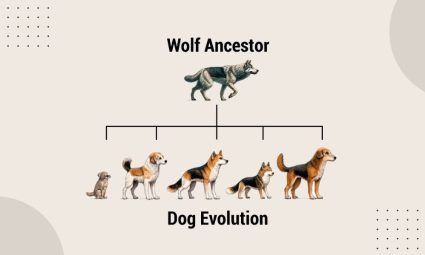
Trace the journey of pet evolution with us. From cats to dogs, discover how pets have adapted to living with humans including ancestors.
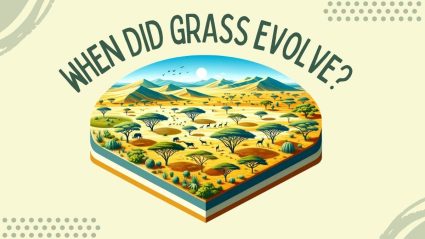
When did grass evolve? Grass first appeared around 55 to 65 million years ago. After the extinction of dinosaurs, grasses quickly spread.
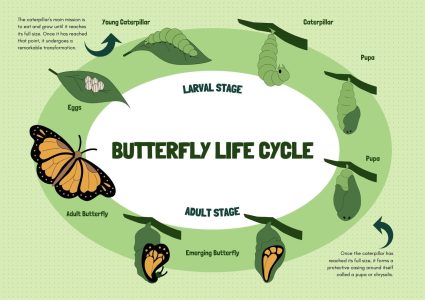
The butterfly lifecycle is a process of change and growth. It goes through four main stages: egg, caterpillar, chrysalis, and butterfly.
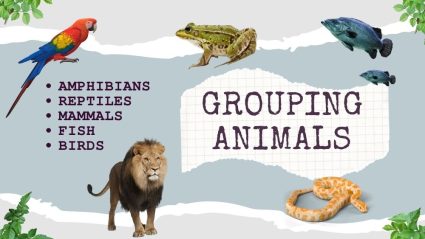
Grouping animals into classes of vertebrates allows us to categorize the incredible diversity on Earth and their evolutionary histories.
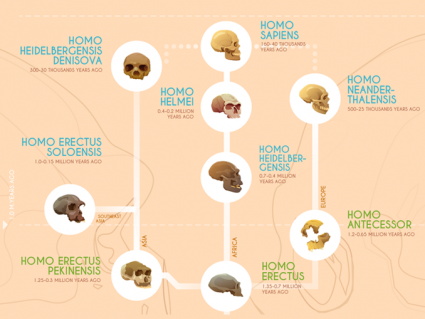
Since about 4 million years ago, humans have evolved from early hominids to modern humans. Here are 14 species examples from human evolution now extinct.
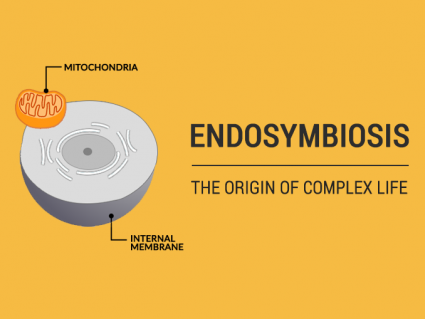
Endosymbiosis sparked the origin of eukaryotic cells. It’s the idea that a prokaryote engulfed a bacteria and became mitochondria part of eukaryotic cells.
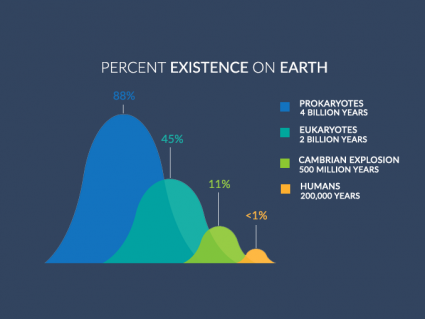
The earliest anatomically modern human fossil found was dated at about 200-300,000 years old in Morocco, Africa. They had modern faces and used stone tools.
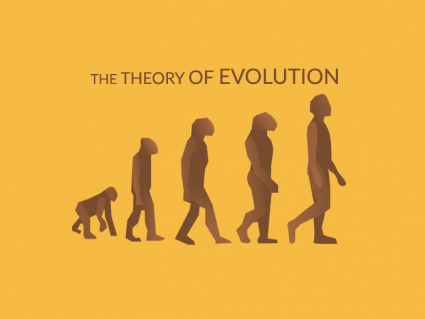
In flesh and blood, you have been genetically fine-tuned as a product of natural selection. Without evolution, complex beings like humans wouldn’t exist.
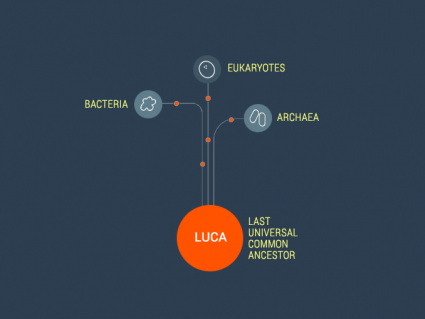
All living things originated from a common ancestor called the last universal common ancestor (LUCA). The origin of life existed before LUCA (3.5 – 4.1 bya)

If you rewind the clock 230 million years back, dinosaurs dominated the land. Not just for a short span of time. But they lived for over 175 million years!
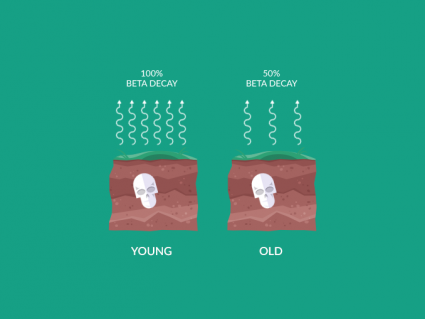
All life contains types of carbon. When an organism dies, carbon dating examines the ratio between carbon-14 (C14) and carbon-12 (C12) to estimate age.